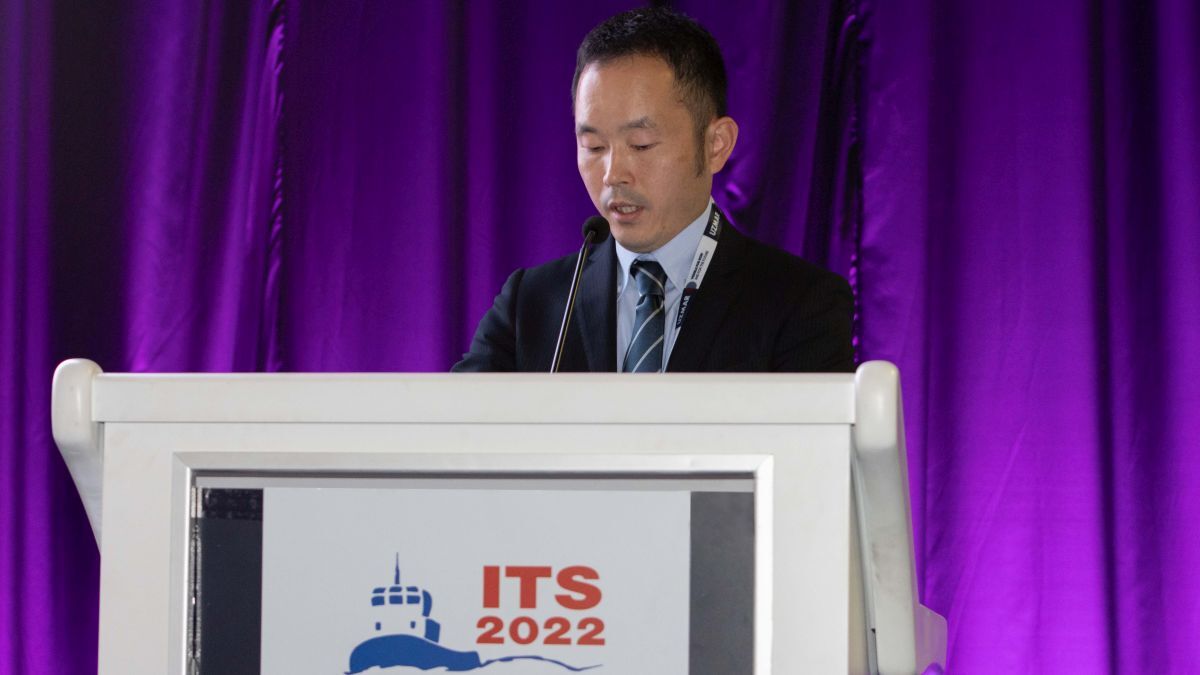IHI Power Systems was system integrator and supplied the azimuth thrusters and diesel generators for Tokyo Kisen’s tug Taiga
Japan’s first electric-powered tug Taiga is about to come into service to provide zero-emissions towage in Tokyo Bay after its construction by Kanagawa Dockyard.
Its hybrid-electric propulsion system includes high-capacity lithium-ion batteries, generators, direct-current (DC) switchboard and grid and IHI Power Systems’ Z-Peller azimuth thrusters.
Taiga is owned by Tokyo Kisen Co and will operate in the ports of Yokohama and Kawasaki, providing low- and zero-emissions towage.
OSD-IMT designed the hull of Taiga, e5Lab Inc, a Japanese consortium assigned to develop fully electric vessels, was the consultant for this project and IHI was the system integrator.
IHI supplied the power and propulsion systems, including the diesel generators and L-drive Z-Pellers for all its harbour towage and ship manoeuvring operations.
Taiga is equipped with ABB’s Onboard DC Grid and energy storage systems, incorporating large-capacity lithium-ion batteries developed by e5Lab. These 2.5-MWh battery systems will power the thrusters during daily operations and act as spinning reserve back-up power to prevent prolonged outages.
ABB’s PEMS power and energy management system will control the overall power distribution, increase fault tolerance and provide a high degree of reliability.
For its role as system integrator, IHI Power Systems received the ITS Innovation of the Year Award 2022, with recognition for e5Lab and ABB’s roles in the project.
IHI general manager for thrusters and system development Takuro Hatamoto and IHI senior assistant manager Yusuke Oribe presented the technology during the associated conference.
“This vessel achieves low and zero emissions of CO2, NOx, SOx etc, reducing the environmental burden and also reducing noise and vibration,” said Mr Hatamoto, “thus taking into consideration the crew’s working environment and the environment around the ports of Yokohama and Kawasaki.”
The propulsion system includes L-drive type ZP-31 Z-Peller, the first IHI thruster of this type with a permanent magnet (PM) motor for propulsion.
“The PM motor is more efficient and smallerthan the induction motors that have been the mainstream of electric motors in the past,” said Mr Oribe.
“This vessel is the firstto use a DC grid in Japan. The system combines with large-capacity lithium-ion batteries to achieve even higher efficiency than conventional electric propulsion systems.”
This tugboat can operate in zero-emissions mode for a short time and low-load, powered only by the batteries. “Since most of tugboat operation patterns are characterised by short time and low load, the majority of the tugboat’s operations can be performed in zero-emissions mode,” said Mr Oribe.
“On the other hand, the tugboat is operated in hybrid mode for long-period operations, in which the generators are operated, and the batteries are charged and discharged.”
In this case, the number of generators in operation and their operating conditions can be optimised automatically according to the load and remaining battery capacity to maintain high efficiency.
IHI redesigned its ZP-31 Z-Peller into an ultra-compact electric-driven azimuth thruster for this project and electric tugs in the future. It required a high-power-density and high-speed electric motor and built-in reduction gear to help downsize the upper section of the Z-Peller. There is a small PM motor to drive the thruster through the gears and a steering motor.
IHI also required more compact inverters to improve the onboard layout flexibility, enabling the inverter panel to be wall mounted.
During development of the propulsion system, IHI analysed the operational data of the tugboat equipped with Z-Peller and simulated the effects of electrifying tugs from the operational data of other tugboats.
“The results of the simulation of the zero-emissions mode and hybrid mode show that, when compared with the conventional main engine drive, the running cost is reduced by 22% in average operations,” said Mr Oribe.






